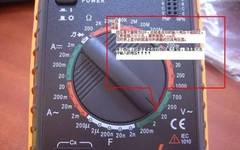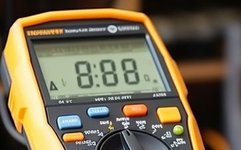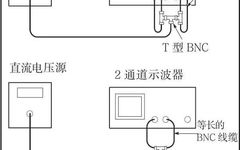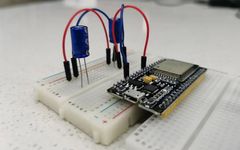Description of 500-Type Multimeter Circuit Diagram (Part One)
★ The diagram helps to understand the internal principles of the multimeter, why it can measure high voltage, and under what circumstances measuring high voltage could damage the meter. The diagram can be used to repair multimeters and to create multimeters. 1. DC 2.5V. Set the left switch to 2.5V and the right switch to … Read more






